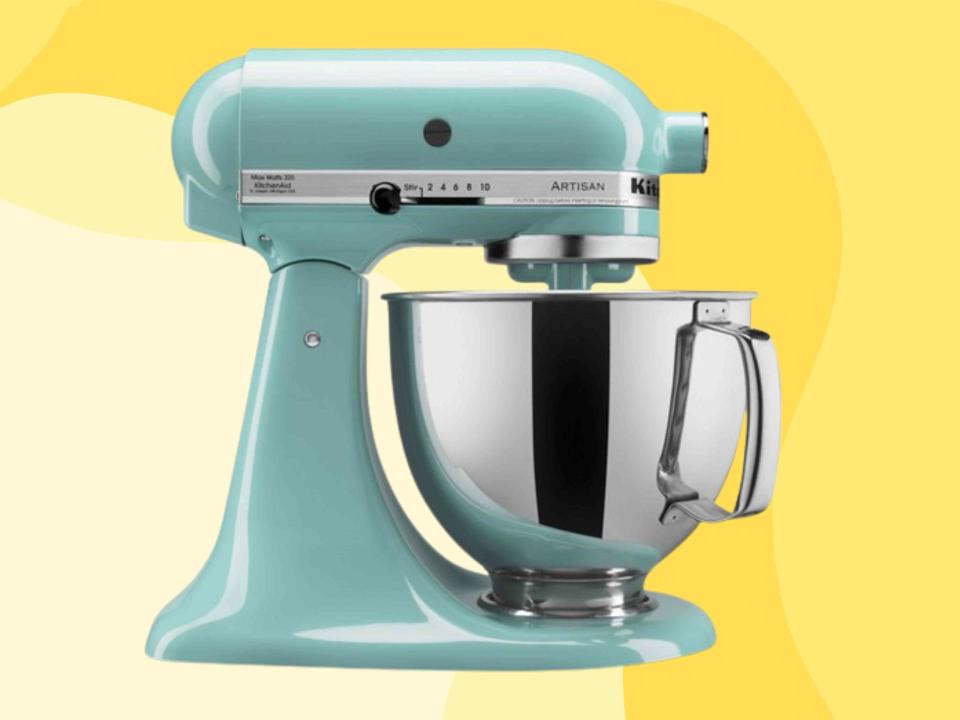The Stand Mixer Mistake You’re Probably Making (And How to Fix It)
Learn how to adjust your stand mixer to the perfect height (and how to know when it's time to adjust it).

KitchenAid
It’s a problem as old as time (or, at least, as old as stand mixers): Your stand mixer perfectly blends most of your ingredients into a smooth, velvety batter—but leaves an untouched mess at the bottom of the bowl (where the attachment can’t reach).
If you’ve ever experienced this frustrating issue, you’re not alone. TikToker @that40yearguy recently posted a now-viral video addressing the solution.
“You’re telling me for 40 years of not being able to hit the bottom, I could have done this? Ain’t no way,” he said.
When to Adjust Your Stand Mixer
“There is a little screw-type thing in the back,” @that40yearguy says, while demonstrating his newfound knowledge. “[You can] take your kitchen screwdriver and adjust that. Apparently if you go counterclockwise, it raises it. Clockwise, it lowers that head.”
The video—which has racked up almost 126,000 likes and 17,000 saves on TikTok—shows viewers how to conduct a dime test, a KitchenAid-sanctioned experiment that will test your attachment’s ability to hit the bottom of the bowl.
“If the dime doesn’t move, the beater is too high,” according to KitchenAid. “If the dime doesn’t move around the bowl smoothly, the beater is too low.”
Here’s how to perform the test at home:
Place a dime at the bottom of your stand mixer’s bowl with the Flat Beater attached.
Turn the mixer on at a low-medium speed.
Observe the dime’s movement (or lack thereof) and adjust your mixer accordingly.
Related: 10 Unexpected Ways to Use Your Stand Mixer
How to Adjust Your Stand Mixer
It’s important to keep your stand mixer adjusted to the proper beater-to-bowl ratio, according to KitchenAid, “as it helps ensure all ingredients are properly mixed, kneaded and whipped to create the right texture, consistency and taste.”
Through regular use or during the shipping process, the calibration might get out of whack. Here’s how to adjust your stand mixer to make sure your ingredients are mixed perfectly every time:
If you have a tilt-head stand mixer, grasp the head of the mixer and tilt it back gently. If you have a bowl-lift stand mixer, lower the bowl.
Locate the screw. It’ll be on the hinge (below the head) of the tilt-head mixers and about halfway between the bowl and the head on the bowl-lift mixers.
Using a flathead screwdriver, turn the screw very slightly to the left to raise the accessory or to the right to lower it. Make sure you don’t adjust the screw too much, as the bowl lever might not lock into place if it’s too tight.
Perform the dime test again to make sure the accessory is reaching the bottom of the bowl without hitting it too hard.
Read the original article on All Recipes.


